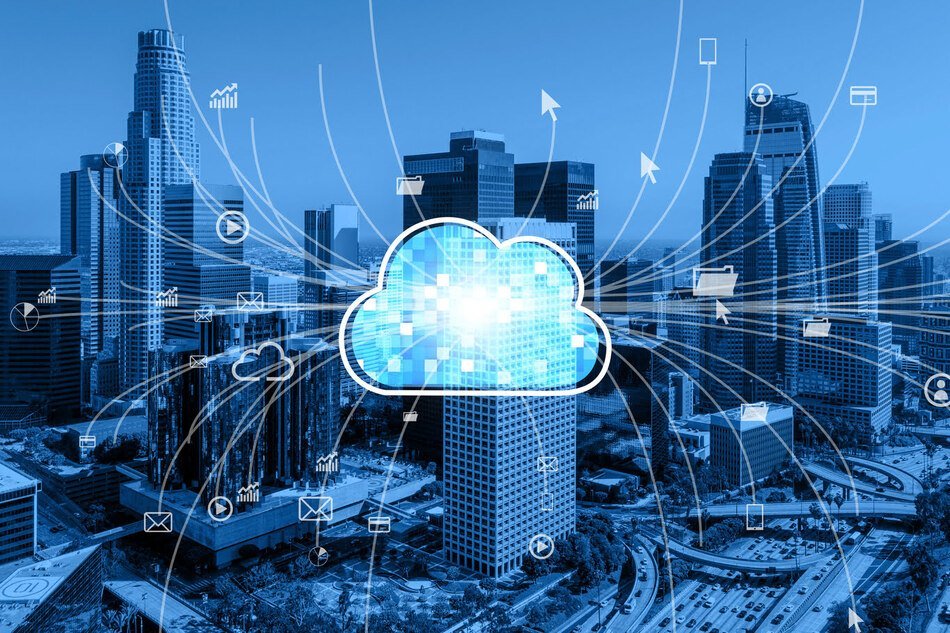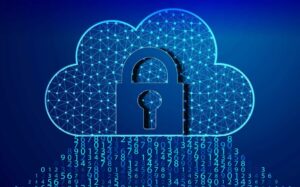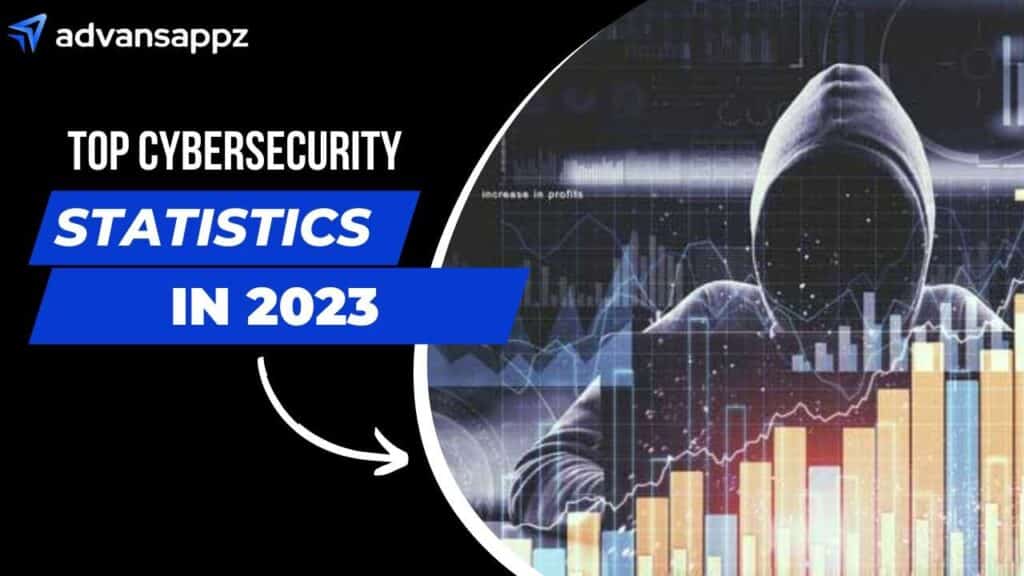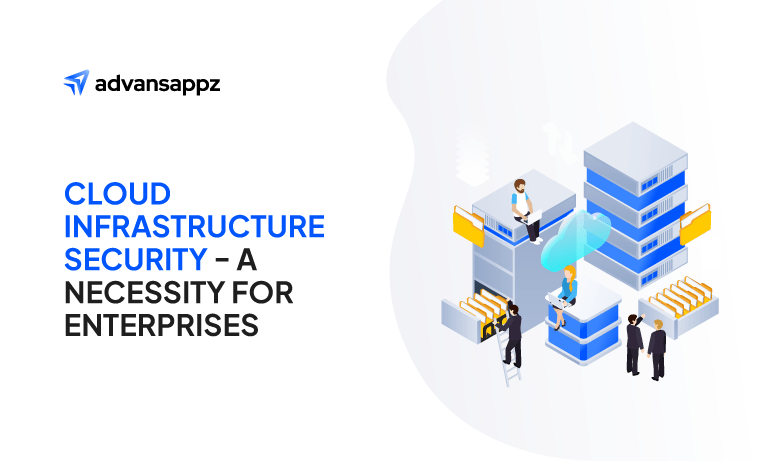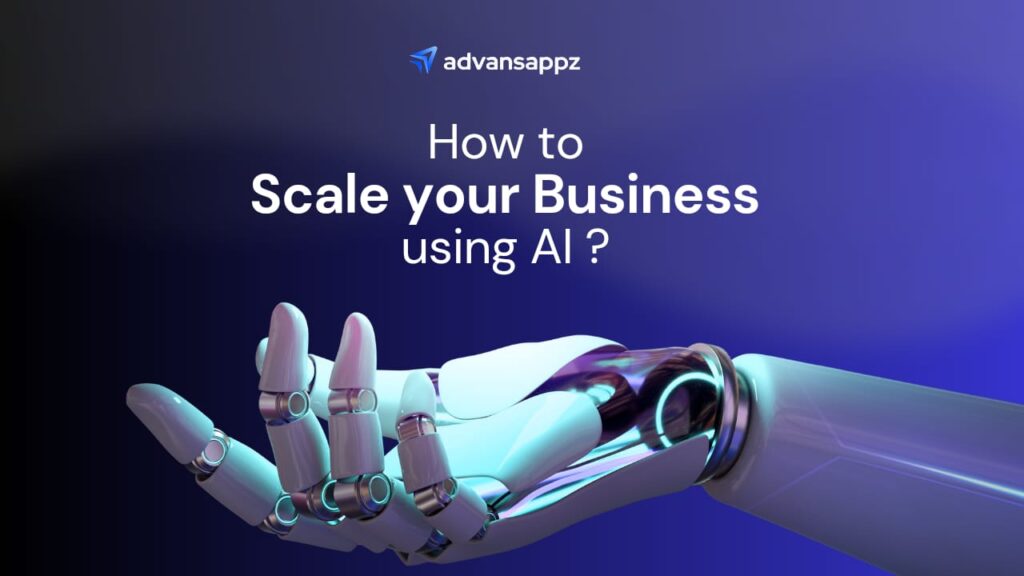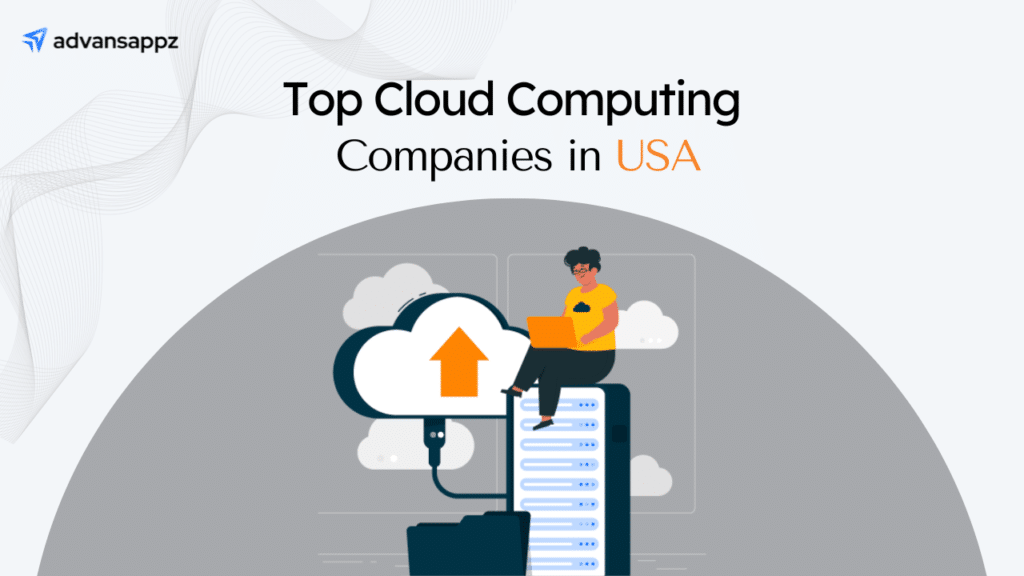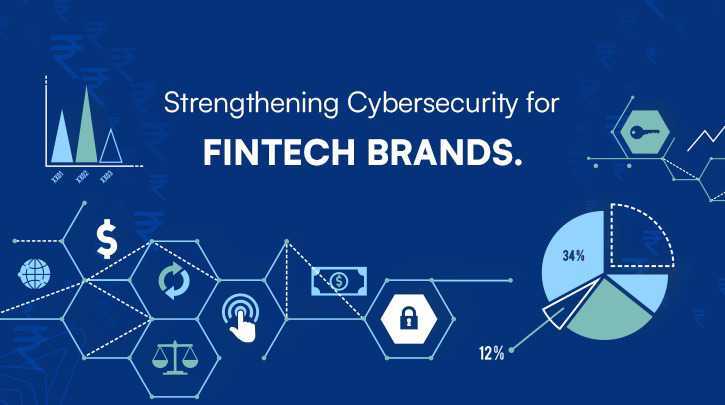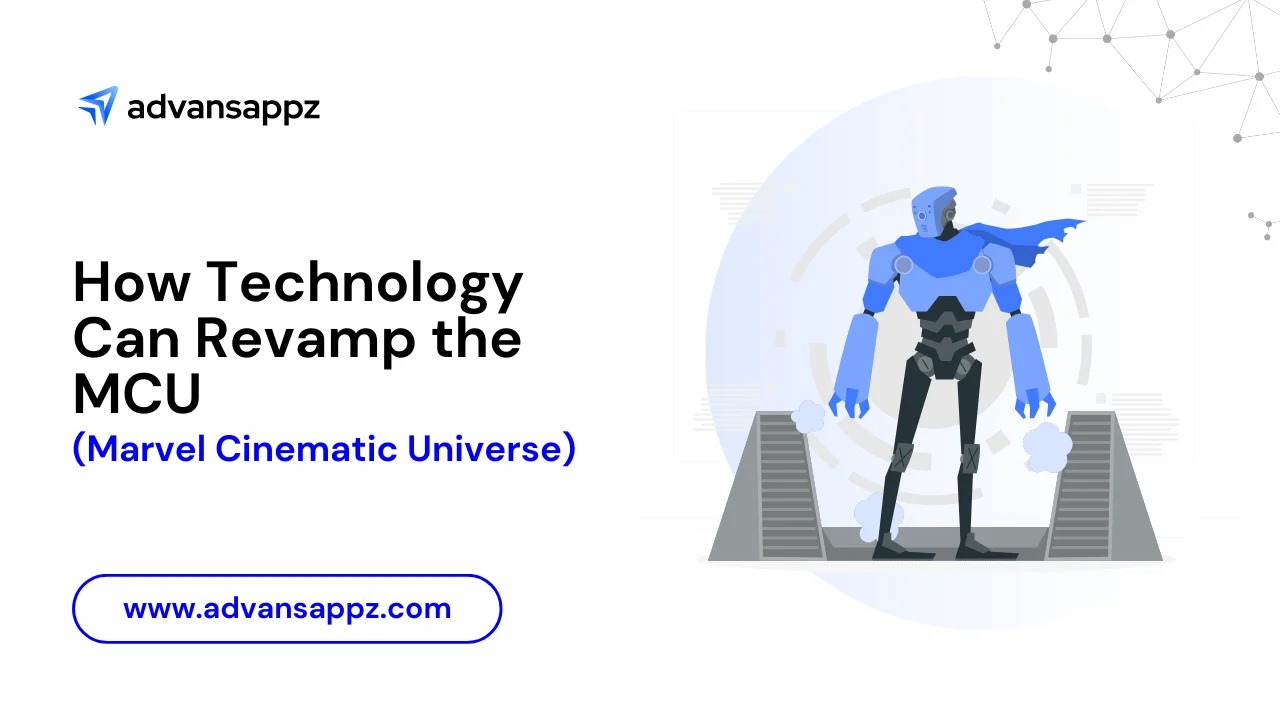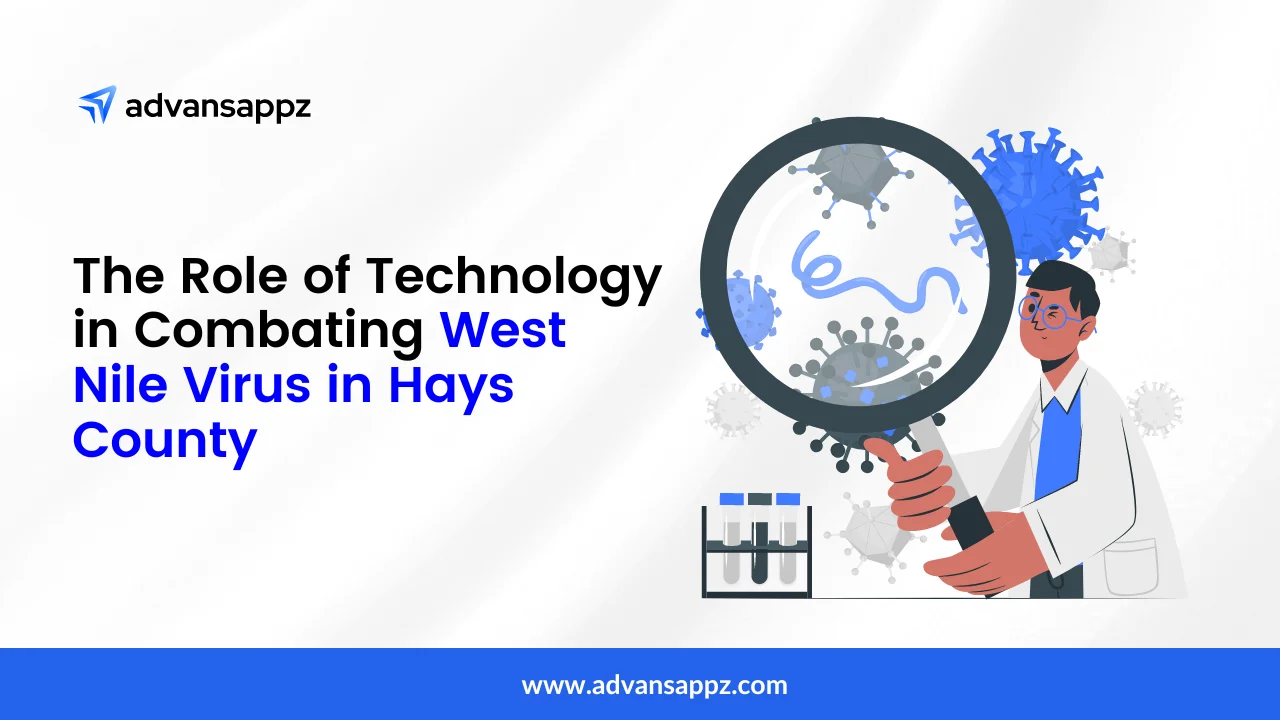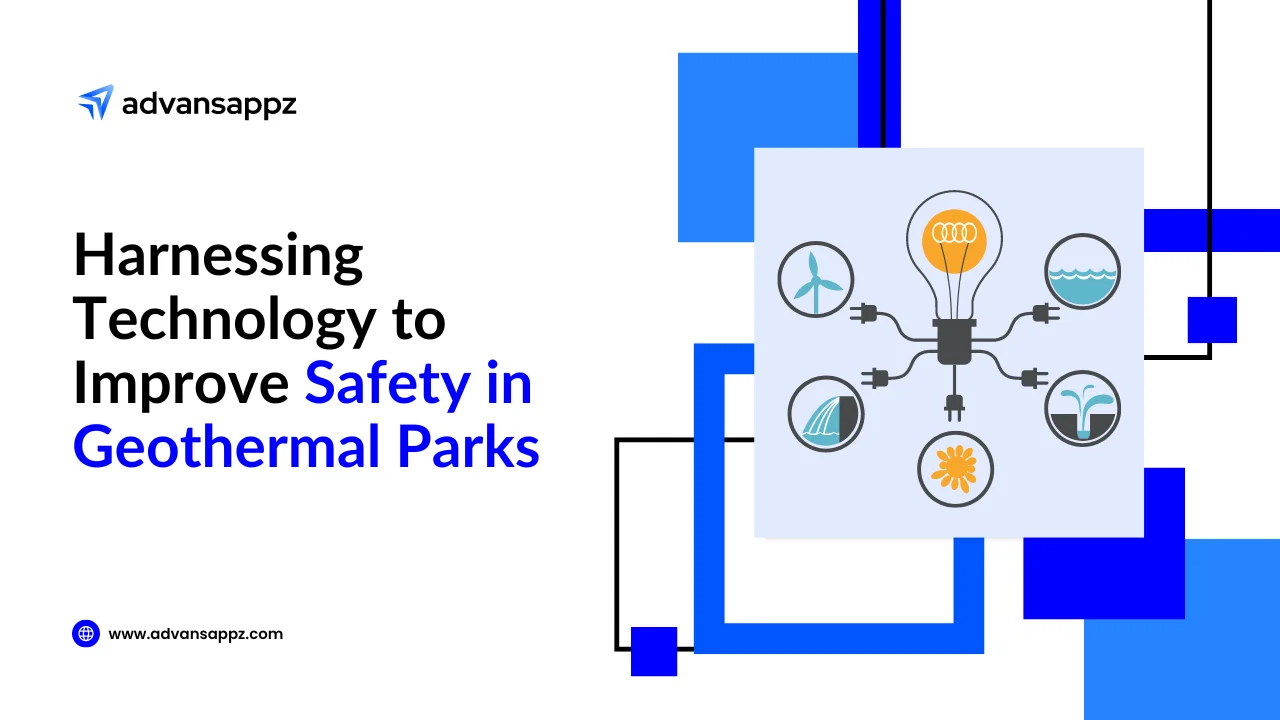Cloud computing is the most effective way to establish digital agility across your organization. Moving your data, infrastructure, and apps from on-premise hardware to the cloud helps your hybrid workforce be more productive. Always-on availability and collaborative communication are significant advantages of cloud computing. But the issue of securing a constantly moving perimeter is prominent in the digital age. As a result, businesses consistently deploy cloud infrastructure security measures in the business architecture.
Many businesses have quickly embraced cloud solutions to accommodate remote work in the previous two years. However, the rapid migration may have raised attack surfaces, resulting in inefficient technology acquisitions, unsecured data transfers, and compliance difficulties. To realize the benefits of data reliability, availability, and security, infrastructure security in cloud computing must be addressed as part of your overall security posture.
In this article, we’ll discuss what is infrastructure security in cloud computing and the benefits of cloud infrastructure security, which is essential for businesses of all sizes.
What is Cloud Infrastructure Security?
The set of policies, protocols, and technologies used to secure the cloud computing infrastructure against unauthorized access, malicious attacks, and other potential security concerns is referred to as cloud infrastructure security.
The security of cloud infrastructure is mostly the responsibility of cloud service providers (CSPs), who invest substantially in security measures and protocols to ensure the safety and privacy of their customer’s data. Firewalls, intrusion detection systems, data encryption, access controls, identity and access management, and monitoring and logging services are common security services provided by CSPs.
One of the primary benefits of cloud and infrastructure security is that it allows organizations to outsource their security needs to cloud service providers, eliminating the need for enterprises to invest in costly security gear and software. This also will enable firms to focus on their core strengths rather than managing security infrastructure and regulations.
Benefits Of Cloud Infrastructure Security
Infrastructure security offers a range of benefits to organizations that leverage cloud services and maintain digital infrastructure. Here are Some of the key benefits of infrastructure security:
-
Enhanced Data Security:
Cloud infrastructure security can be scaled up or down based on business requirements. This means that organizations can easily and swiftly increase or decrease the level of protection to meet their needs. Furthermore, cloud security allows enterprises to add or remove security measures based on their individual needs.
-
Cost-Effectiveness:
Cloud security is also reasonably priced, particularly for small and medium-sized organizations. This is because cloud providers provide security measures as a service, eliminating the need for enterprises to invest in costly security gear and software. Furthermore, cloud providers provide pay-as-you-go pricing schemes, so organizations only pay for the security features they utilize. This low-cost model makes cloud infrastructure security available to companies of all sizes.
-
Disaster Recovery:
Cloud infrastructure security enables robust disaster recovery, which is a big benefit for enterprises. It assists businesses in recovering data in the event of a disaster, such as a natural disaster or a cyber-attack. This implies that firms can recover swiftly from data loss or disturbance, maintaining business continuity.
-
Improved Performance and Availability:
Cloud infrastructure also increases the performance and availability of apps and services. Cloud providers provide highly available and redundant infrastructure, allowing applications and services to operate without interruption. Furthermore, cloud security delivers enhanced network capabilities that can boost application performance and speed.
-
Ease of Maintenance and Management:
Cloud security facilitates maintenance and management, which is a huge benefit for enterprises. Cloud providers handle all security-related maintenance and management. Therefore, organizations don’t have to worry about updating security standards or maintaining security hardware and software. This frees up time and resources for firms to focus on their core capabilities.
-
Access Control and Authorization:
Cloud infrastructure enables advanced access control and permission. This access allows organizations to govern who has access to their data and resources. Because cloud providers provide role-based access control and authorization, only authorized users can access sensitive data. Furthermore, cloud providers give audit trails, which can assist businesses in tracking who has accessed their data and resources.
-
Compliance and Regulatory Requirements:
The cloud security also assists firms in meeting compliance and regulatory obligations. Cloud providers provide security measures that are compliant with a variety of rules and standards, including GDPR, HIPAA, and PCI DSS. As a result, businesses may be certain that they are meeting the relevant compliance and regulatory criteria for their industry.
Risks of inadequate cloud infrastructure security.
Inadequate cloud infrastructure can pose various brand risks, including cyber-attacks, data breaches, reputation damage, and legal and financial liabilities. Consider the following statistics:
Cyber attacks and data breaches:
- According to a 2021 report by IBM, the average data breach cost is $4.24 million.
- The same report found that the average time to identify and contain a data breach is 287 days, which can significantly damage a brand’s reputation and customer trust.
- A 2020 report by McAfee revealed that the number of external attacks on cloud accounts increased by 630% from January to April of that year.
Reputation damage:
- According to a 2021 survey by Edelman, 90% of consumers said they would stop doing business with a brand if they learned it mishandled their data.
- In the same survey, 86% of respondents said they would recommend competitors over a brand that experienced a data breach.
Legal and financial liabilities:
- Under the EU’s General Data Protection Regulation (GDPR), fines for non-compliance with data protection regulations can reach up to €20 million or 4% of a company’s global annual revenue, whichever is greater.
- In 2019, due to its inadequate cloud security measures, The US Office of the Comptroller of the Currency fined Capital One $80 million
Also check: Cloud Technology for Startups
Cloud infrastructure security providers and their services
Cloud security providers offer various services to help organizations secure their cloud infrastructure. These services include threat detection and response, identity and access management, data encryption, and compliance management. For example, Amazon Web Services (AWS) offers a range of security services, such as AWS Identity and Access Management (IAM) and Amazon GuardDuty, which provide continuous threat detection and response.
Cloud infrastructure security tools and technologies
Cloud security tools and technologies are software solutions or hardware solutions that can be integrated into an organization’s cloud infrastructure to enhance its security. These tools can include firewalls, intrusion detection systems, encryption software, and vulnerability scanners. For example, Palo Alto Networks’ Prisma Cloud is a cloud-native security platform that provides comprehensive security and compliance coverage across multiple cloud environments.
Best Practices to Enhance Cloud Infrastructure Security
Ensuring robust security measures within cloud infrastructure has become an imperative priority for organizations, given the growing prevalence of cyber threats and the criticality of safeguarding sensitive data. By adopting industry-leading best practices, enterprises can fortify their cloud environments, mitigating risks, and bolstering the overall security posture. Here are some key practices to enhance cloud infrastructure security:
-
Implement Strong Access Controls:
Establishing stringent access controls is paramount in safeguarding cloud infrastructure. Employing the principle of least privilege ensures that users are granted only the necessary permissions to perform their respective tasks, reducing the risk of unauthorized access. Additionally, implementing multi-factor authentication (MFA) adds an extra layer of security by requiring users to provide multiple verification factors before accessing the system.
-
Encrypt Data at Rest and in Transit:
Encryption is a fundamental practice to protect sensitive data stored in the cloud. Employing strong encryption algorithms for data at rest and robust encryption protocols for data in transit ensures that even if data is compromised, it remains unintelligible to unauthorized parties. Adopting encryption best practices helps safeguard confidentiality and maintains data integrity throughout its lifecycle.
-
Regularly Update Cloud Infrastructure Security Patch:
Promptly applying security patches and updates to cloud infrastructure components, including operating systems, applications, and virtual machines, is crucial. Regular updates address known vulnerabilities, protect against emerging threats, and enhance the system’s overall resilience. Organizations should establish a well-defined patch management process to ensure timely and comprehensive updates across the cloud environment.
-
Employ Network Segmentation:
Implementing network segmentation divides the cloud infrastructure into separate segments or subnets, isolating critical assets and limiting the potential impact of a security breach. By establishing clear boundaries and deploying appropriate access controls between segments, organizations can minimize lateral movement and contain the spread of malicious activities, enhancing overall security and resilience.
-
Conduct Regular Cloud Infrastructure Security Audits:
Performing comprehensive security audits and assessments on a regular basis helps identify vulnerabilities, misconfigurations, and weaknesses within the cloud infrastructure. These evaluations enable organizations to proactively address security gaps, adhere to compliance requirements, and implement necessary security controls to maintain a robust security posture. Regular penetration testing and vulnerability scanning are vital components of these assessments.
-
Implement Intrusion Detection and Prevention Systems:
Deploying intrusion detection and prevention systems (IDS/IPS) provides continuous monitoring of network traffic and detects potential malicious activities or unauthorized access attempts. By leveraging sophisticated detection algorithms and threat intelligence, IDS/IPS solutions enable organizations to swiftly respond to security incidents, block malicious traffic, and mitigate potential risks to the cloud infrastructure.
-
Educate and Train Personnel:
Human error remains a significant factor in security breaches. Educating employees about cloud security best practices, raising awareness about phishing attacks, and providing regular training on safe computing habits are essential. Employees should be encouraged to report suspicious activities promptly, promoting a collective responsibility for maintaining a secure cloud environment.
-
Continuously Monitor Cloud Infrastructure Security Threats:
Implementing robust security monitoring tools and practices is essential for promptly identifying and responding to potential threats. Leveraging advanced security information and event management (SIEM) solutions, organizations can proactively detect anomalous activities, conduct real-time threat hunting, and respond swiftly to security incidents. Continuous monitoring enables organizations to maintain a vigilant security posture and stay one step ahead of potential threats.
By adhering to these best practices, organizations can significantly enhance the security of their cloud infrastructure, bolster their defenses against cyber threats, and safeguard critical assets and data. The proactive implementation of robust security measures fosters confidence, enables seamless operations, and positions organizations to navigate the digital landscape with resilience and peace of mind.
Importance of selecting the right cloud infrastructure security solution
It is essential to select the right cloud security solution for your organization. This involves understanding your specific security needs, the type of data you handle, and the compliance requirements for your business. For example, suppose your organization is in the healthcare industry. In that case, you may need to comply with the Health Insurance Portability and Accountability Act (HIPAA) and therefore require a cloud security solution to help you meet HIPAA requirements.
Cloud Infrastructure Security: Conclusion
Enhanced Cloud infrastructure offers multiple benefits to businesses. These benefits make cloud infrastructure security a must-have for enterprises of all sizes. To overcome threats and vulnerabilities, cloud providers invest considerably in security measures and continuously upgrade their security policies. Businesses may rely on cloud providers to provide a safe and dependable infrastructure for their data and resources.
Frequently Asked Questions
It refers to the measures and practices implemented to protect the underlying technology and resources that make up a cloud computing environment. It involves safeguarding the physical infrastructure, networks, servers, virtual machines, and storage systems that support cloud services. The objective is to ensure the confidentiality, integrity, and availability of data and applications stored and processed in the cloud, while also preventing unauthorized access, data breaches, and other potential security threats. It includes implementing robust access controls, encryption, network security, threat monitoring, incident response, and compliance measures to mitigate risks and maintain a secure cloud environment.
-
Physical Cloud Infrastructure Security:
This involves measures taken to protect the physical assets and facilities of an organization. It includes physical barriers, access controls, surveillance systems, alarms, and security personnel to prevent unauthorized access, theft, vandalism, or damage to infrastructure.
-
Network Cloud Infrastructure Security:
Network security focuses on safeguarding the communication and data transmission within an organization’s network infrastructure. It includes measures such as firewalls, intrusion detection systems, encryption protocols, and secure access controls to protect against unauthorized access, data breaches, malware, and other cyber threats.
-
Data Center Cloud Infrastructure Security:
Data center security encompasses the protection of the physical infrastructure and sensitive information stored within data centers. It involves robust access controls, surveillance systems, backup power systems, fire suppression mechanisms, environmental monitoring, and redundancy measures to ensure the availability, integrity, and confidentiality of data and critical systems.
-
Confidentiality:
Confidentiality ensures that information is only accessible to authorized individuals or entities. It involves protecting sensitive data from unauthorized access or disclosure, whether intentional or accidental. Measures such as encryption, access controls, and secure communication protocols are employed to maintain confidentiality.
-
Integrity:
Integrity focuses on the accuracy, completeness, and trustworthiness of data or systems. It ensures that information remains unaltered and retains its intended state throughout its lifecycle. Techniques such as data validation, checksums, and digital signatures are used to detect and prevent unauthorized modifications or tampering.
-
Availability:
Availability ensures that authorized users have timely and uninterrupted access to information and systems. It involves implementing measures to prevent or mitigate service disruptions, such as hardware failures, network outages, or malicious attacks. Redundancy, backup systems, disaster recovery plans, and robust network infrastructure are key components of ensuring availability.
Physical Cloud Infrastructure Security:
Physical security involves protecting assets, premises, and individuals from unauthorized access, theft, vandalism, or harm. This includes security systems, access controls, surveillance cameras, locks, and barriers to prevent unauthorized entry.
Information Cloud Infrastructure Security:
Information security safeguards sensitive data from unauthorized access, alteration, or destruction. This includes encryption, firewalls, access controls, authentication, and regular audits to ensure data confidentiality, integrity, and availability.
Cyber Cloud Infrastructure Security:
Cybersecurity safeguards digital systems, networks, and data against threats like hacking, malware, phishing, and breaches. This involves using strong passwords, antivirus software, intrusion detection, updates, and user training to prevent unauthorized access, data loss, or service disruption.
